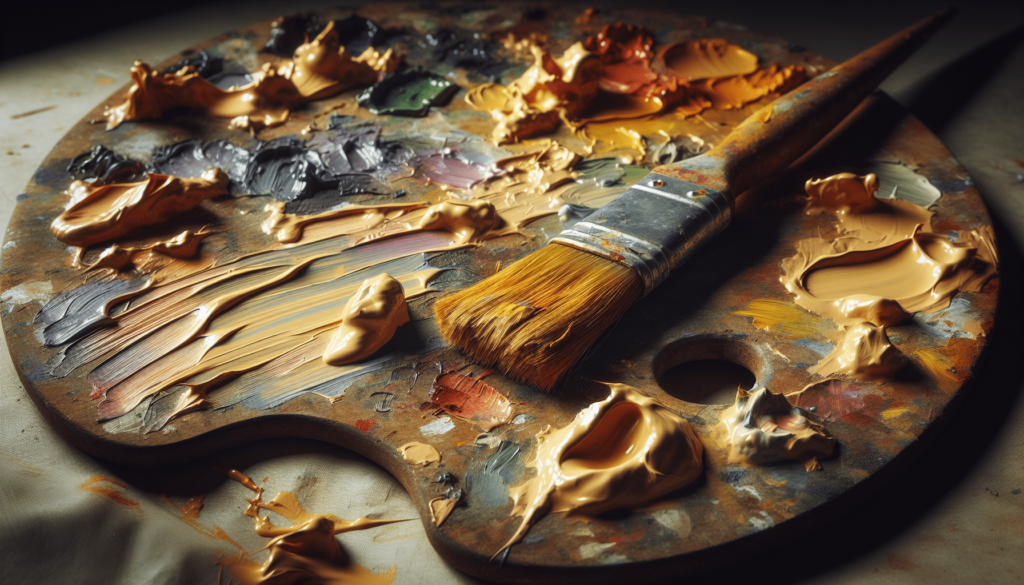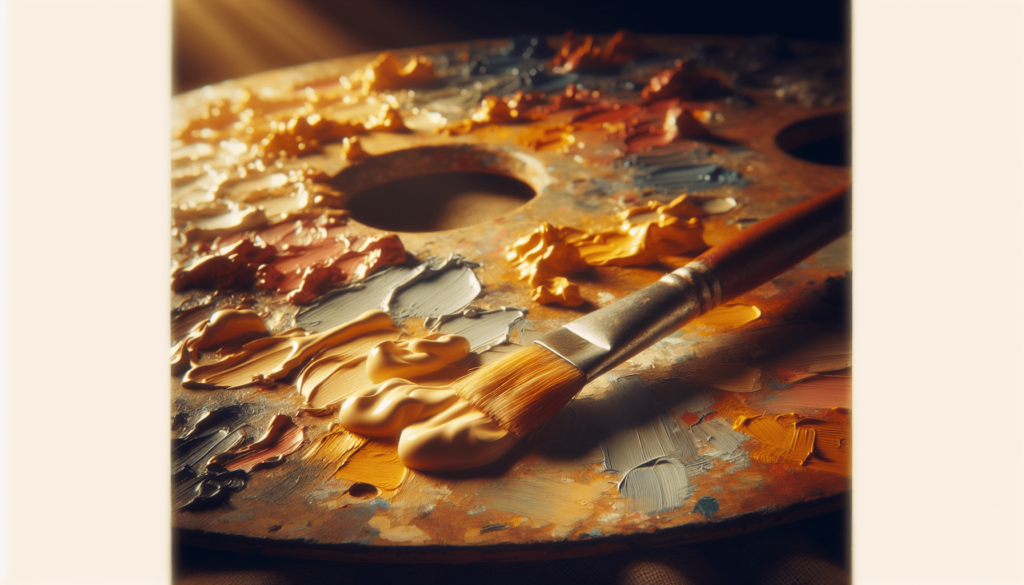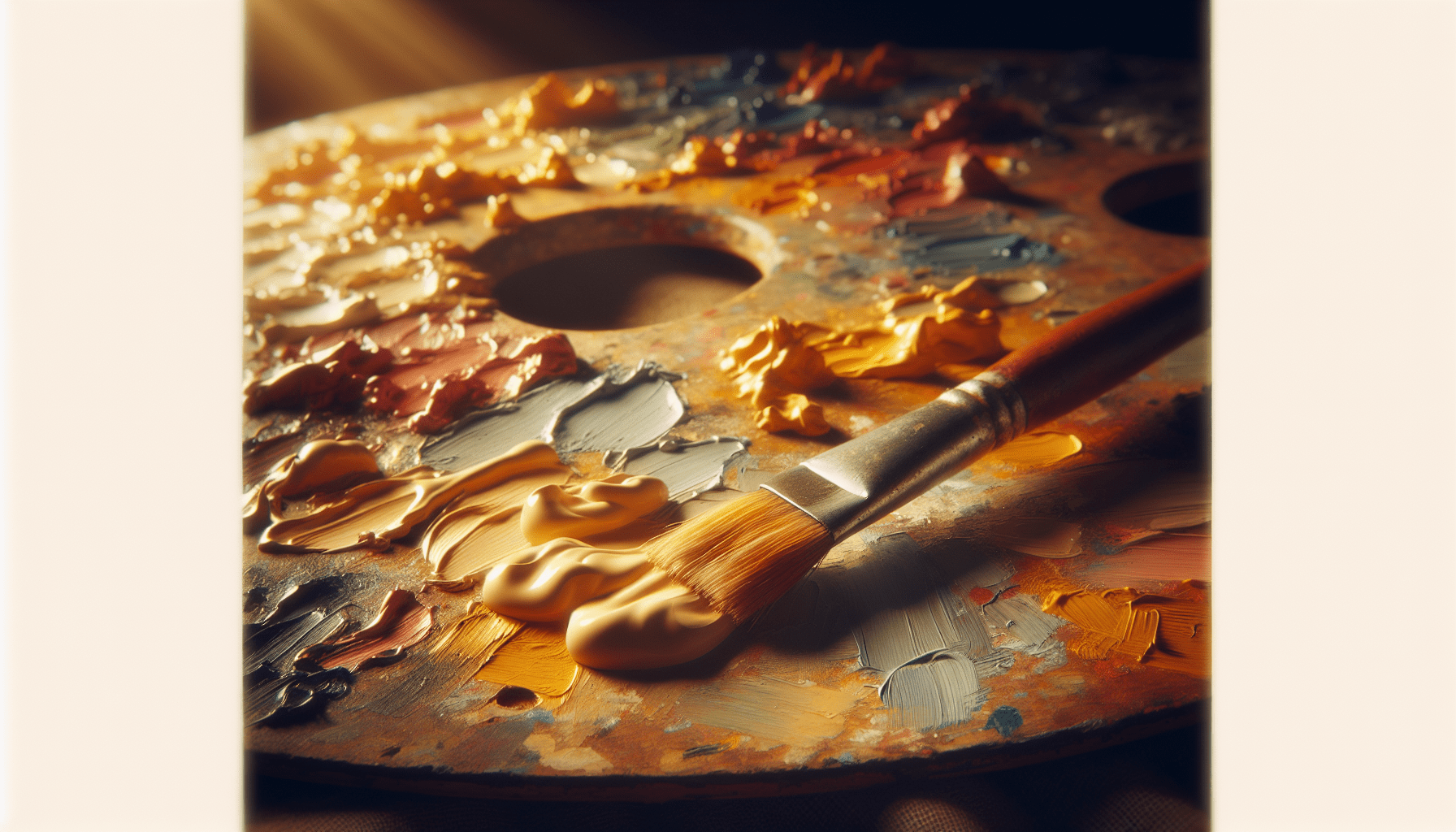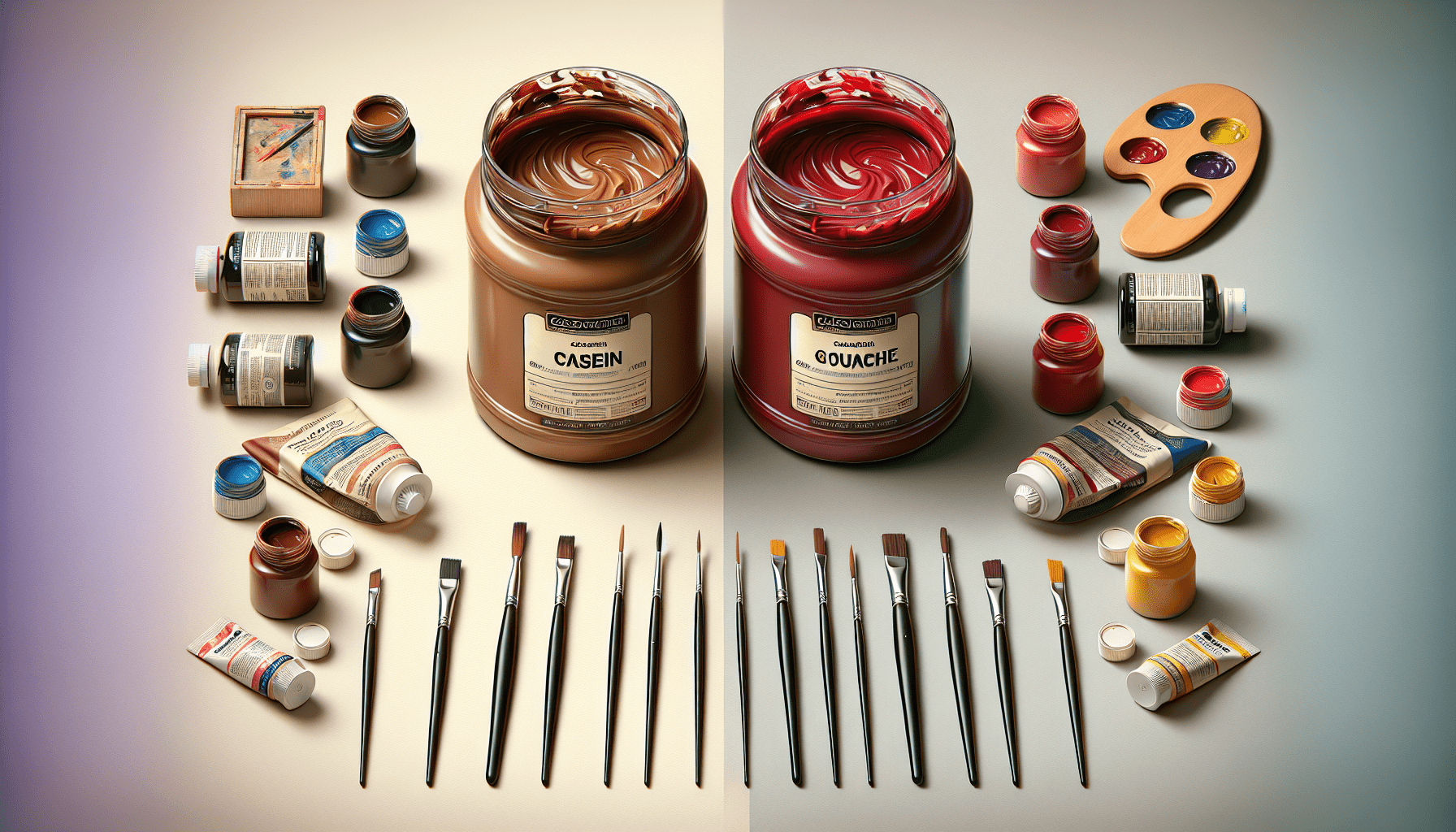Have you ever found yourself wondering about the specific qualities that make casein paint stand out in the world of art and painting? As you delve deeper into the realm of painting materials, the options can be nothing short of overwhelming. From acrylics to oils and watercolors, each medium offers unique characteristics. However, amidst this plethora of choices, casein paint has carved out its own niche, standing both as a historical art medium and a modern favorite among artists. This article will guide you through the distinguishing features of casein paint, its advantages and disadvantages, and how it could potentially be the ideal medium for your next creative endeavor.
The Origin and Composition of Casein Paint
Historical Background
Casein paint, though not as widely renowned today as oil or acrylic paints, boasts a rich history. With origins tracing back thousands of years, it was frequently utilized by artists from Ancient Egypt and Rome. The medium has endured through the ages for its unique properties and adaptability.
Composition of Casein Paint
Casein paint is rooted in a naturally occurring binder derived from milk proteins, specifically casein. When mixed with water and other additives, this protein transforms into a durable paint medium. This mixture results in a water-soluble medium that dries to a water-resistant finish, blending the benefits of both water-based and oil-based paints.
The Chemistry Behind Casein
The chemistry of casein offers artists a desirable mix of opacity and brightness, akin to tempera, but with a consistency and fluidity similar to Gouache. After application, the water evaporates, leaving behind a glossy, permanent finish. Moreover, the film formed post-drying is less prone to cracking than many other paints, providing longevity and durability.
Unique Qualities of Casein Paint
Versatility in Application
Casein paint is a medium that offers unparalleled versatility. It can be applied in thin washes, similar to watercolors, or in thicker layers akin to oils, allowing for a variety of textual effects. This versatility makes it appealing for artists seeking a medium that accommodates diverse techniques.
Ease of Use and Manipulation
Due to its quick-drying nature, casein paint is an excellent medium for artists who favor spontaneous work or wish to quickly build multiple layers. Once dried, casein layers offer a sturdy foundation for further application, enhancing its usability in mixed media artworks as well.
Matt Finish With Vibrant Color Spectrum
Casein paint is perhaps most celebrated for its rich, vibrant colors. It provides a matte finish, which many artists prefer for its particularly smooth, velvety appearance. This characteristic makes casein ideal for illustrating works that require high-detail rendering combined with broad, colorful compositional elements.

Advantages of Using Casein Paint
Fast Drying Time
One of the primary advantages of casein paint over oil or acrylics is its rapid drying time. This feature is particularly useful for artists who need to complete their work under time constraints or for those who layer colors extensively.
Longevity and Durability
The protein-based nature of casein paint ensures a durable, long-lasting finish that resists changes over time. Historical artworks demonstrating the longevity of casein serve as tangible proof of its traditional reputation for lasting beautifully.
Eco-Friendly and Non-Toxic
The components of casein paint are generally environmentally friendly and non-toxic, making it a safer choice for both artists and their surroundings. For art enthusiasts conscious of their ecological footprint, this makes casein paint an appealing alternative.
Challenges and Considerations
Short Working Time
Despite its advantageous quick-drying nature, this can also pose a challenge, limiting the time available for blending and manipulation. Artists new to casein might find the initial adjustment period challenging, though with practice, the handling becomes second nature.
Limited Availability
Casein paint is not as readily available as acrylics or oils. Certain colors or brands might only be accessible through specialty art stores or online, which can be a hurdle for artists accustomed to more widely available mediums.
Surface Compatibility
While casein adheres well to most surfaces, its effectiveness can vary depending on the texture and material. Testing on a small section of a new surface can prevent unwanted results.

Comparing Casein Paint with Other Mediums
| Feature | Casein Paint | Oil Paint | Acrylic Paint | Watercolor |
|---|---|---|---|---|
| Drying Time | Fast | Slow | Fast | Fast |
| Finish | Matte | Glossy or Semi-glossy | Varies | Transparent |
| Layering | Excellent | Excellent | Excellent | Limited |
| Blending Time | Limited | Extended | Limited | Moderate |
| Toxicity | Low | Often High | Low | Low |
| Durability | High | High | High | Moderate |
Integrating Casein Paint into Artistic Work
Preparing the Surface
Before applying casein paint, preparing the surface is crucial. Unlike some mediums, casein can be applied to both porous and non-porous surfaces, with considerations for additional priming needed for the latter to ensure proper adhesion and longevity.
Techniques for Using Casein
Artists can explore traditional flat color application, as well as more intricate techniques like stippling, dry brushing, or impasto for textural variety. Given its compatibility with other media, casein can also be used as an underpainting layer for oil works, allowing for a multifaceted approach to any creative project.
Mixing and Customizing Color
The ability to mix and customize colors with ease is another hallmark of casein paint. Pigments blend effortlessly, providing artists the ability to create a virtually unlimited palette.
Modern Uses of Casein Paint
Contemporary Art and Illustration
Despite its ancient origins, casein holds appeal in the contemporary art world. Many illustrators and designers incorporate it into their practices for its vibrant color dynamics and unique matte finish.
Restoration and Conservation
Owing to its historical prevalence, casein is often used in the restoration of older artworks. Its properties help maintain aesthetic integrity while offering modern solutions for preservation.
Conclusion
Casein paint stands out as a unique medium, offering artists a robust, vibrant, and versatile option for artistic expression. Whether you are a seasoned artist or a novice exploring new mediums, the characteristics of casein paint – from its rapid drying time to its environmentally friendly profile – may align perfectly with your creative goals. Embracing casein paint could open new avenues in your artistic journey, offering a balance of tradition and innovation.



